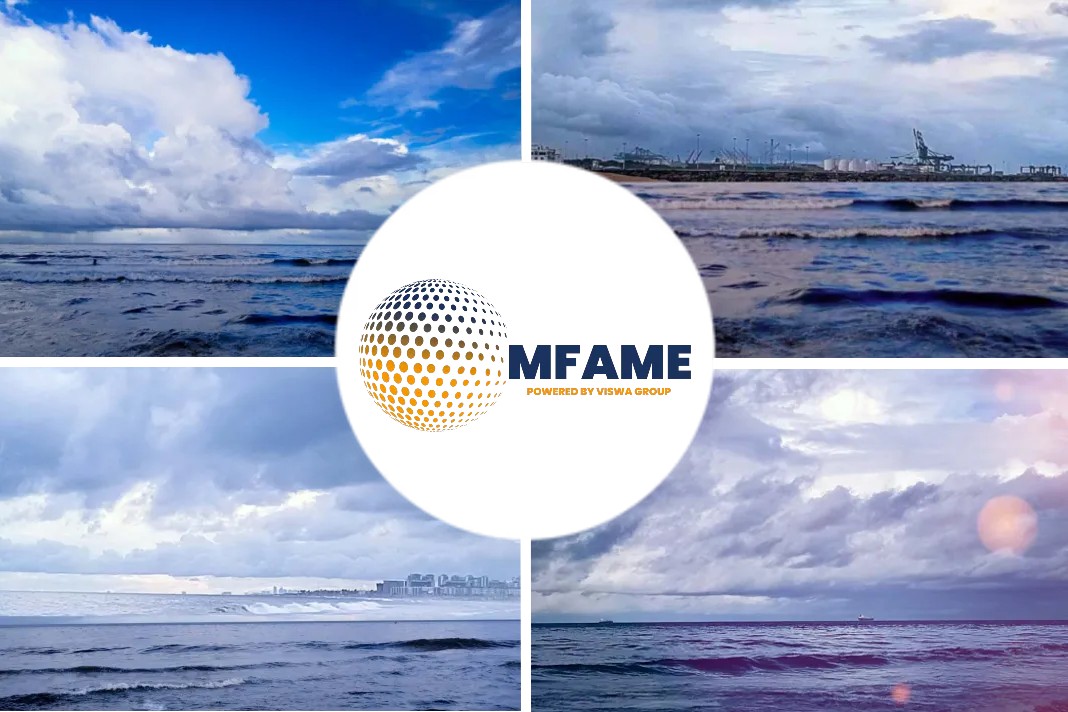Spot rates for midsized bulkers known as Panamaxes (65,000-90,000 DWT) were at $9,500 per day, half the rates from a year ago. Rates for smaller bulkers known as Supramaxes (45,000-60,000 DWT) were at $7,200 per day, down 63% year on year.
While rates have fallen, dry bulk stocks have gone in the opposite direction as stockpickers anticipate a rate rebound. Star Bulk (NASDAQ: SBLK) is up 14% year to date and Genco Shipping & Trading (NYSE: GNK) is up 12%.
According to BTIG shipping analyst Gregory Lewis, “We understand the [stock] move higher, as over the last 10 years, the BDI has rebounded an average of around 10% one month post-Chinese New Year and around 30% two months post-Chinese New Year.”
Nokta maintained that China’s reopening will be “a key support factor in the coming months.” He believes “it will have a materially positive impact on shipping markets, with tankers and dry bulk the top beneficiaries.”
Crude and product tanker rates remain very profitable and much higher than they were at this time last year. Nevertheless, they’re down sharply from highs in the fourth quarter.
Spot rates for modern-built very large crude carriers (VLCCs; tankers that carry 2 million barrels) were at $38,200 per day on Monday, according to Clarksons. That’s triple the rates a year ago but almost two-thirds less than the $119,600-per-day high in late November.
Sanctions on Russian crude — including “self-sanctions” — mostly affect demand for Suezmaxes (1 million-barrel capacity tankers) and Aframaxes (750,000 barrels).
Consultancy Poten & Partners estimates that trade disruptions since the war began have tripled combined demand for Aframaxes and Suezmaxes measured in ton-miles (volume multiplied by distances).
Rates for these tankers have pulled back from previous highs but less so than VLCC rates, likely due to sanctions support. Clarksons estimated that rates for modern-built Aframaxes were $80,200 per day on Monday, over five times rates a year ago but down from $111,400 per day in late November.
Product tanker rates have also taken a big step down. “Product tanker rates have been softer to start 2023, though there are several drivers of further strength ahead,” said Nokta.
Rates for larger modern-built product tankers known as LR2s averaged $36,700 per day as of Monday, less than half the $88,100-per-day high in early December. Rates for medium-range (MR) product tankers averaged $26,800 per day, down almost two-thirds from $74,700 per day in early December.
MR rates are heavily driven by refined products exports from the U.S. Gulf. Nokta noted that “U.S. Gulf refineries are ramping up activity after shutting in nearly 3 million barrels per day of capacity late last year due to severe weather.”
Furthermore, the European Union ban on imports of Russian products starting Feb. 5 “should lead to a substantial increase in ton-miles,” said Nokta. Replacement EU imports on long-haul voyages from Asia and the Middle East should boost LR2 tanker demand.
LNG and LPG shipping
The liquefied natural gas (LNG) shipping market was one of the biggest beneficiaries of the war. Rates surged as the EU raced to replace Russian pipeline gas with U.S seaborne exports.
In mid-November, spot rates for benchmark tri-fuel diesel engine (TFDE) LNG carriers hit $455,000 per day, according to Clarksons. More efficient two-stroke LNG carriers reached $503,000 per day. This is the highest spot-rate assessment for any commercial ship in history.
TFDE spot rates had fallen all the way back down to $68,300 per day on Monday.
According to Clarksons analyst Frode Mørkedal, “Vessel capacity is more plentiful and utilities appear to be more optimistic about post-winter gas inventories, resulting in less concern about supply security.”
Market sentiment is also getting hit by capacity fears. Unlike in dry bulk and oil tanker shipping, where there are minimal vessels on order, the LNG orderbook is extremely high. LNG tonnage on order equates to 52% of tonnage on the water, according to Clarksons.
Rates are also falling for transport of liquefied petroleum gas (LPG), i.e., propane and butane.
Rates for modern-built very large gas carriers (VLGCs) averaged $39,900 per day on Monday, said Clarksons.
That’s roughly in line with rates at this time last year and the five-year average. But it’s less than a third of the recent high of $123,800 per day in early December.
The LPG sector also faces pressure from a high orderbook. VLGC capacity on order equates to 22% of existing capacity.
Container shipping
Container shipping confronts the very same situation: Container-ship capacity on order is 28% of existing tonnage.
“There’s no way around it,” said Stifel shipping analyst Ben Nolan. “The container shipping fleet is set to grow sharply over the next several years. Soft demand with frothy supply does not seem like a recipe for a bottom anytime soon.”
That said, spot container freight rates do appear to have reached a temporary bottom. The Freightos Baltic Daily Index (FBX) for the Asia-West Coast route has been flat since late November, the Asia-East Coast FBX index has been flat throughout this month, and the FBX global composite has been steady since early December.
Container shipping stocks have likewise arrested their slide, at least for now.
Shares of liner company Matson (NYSE: MATX) and container-ship leasing companies Danaos (NYSE: DAC) and Global Ship Lease (NYSE: GSL) have been relatively steady since October. Shares of liner company Zim (NYSE: ZIM) finally stopped their plunge in late December.
Did you subscribe to our daily Newsletter?
It’s Free! Click here to Subscribe
Source: Freight Waves

















